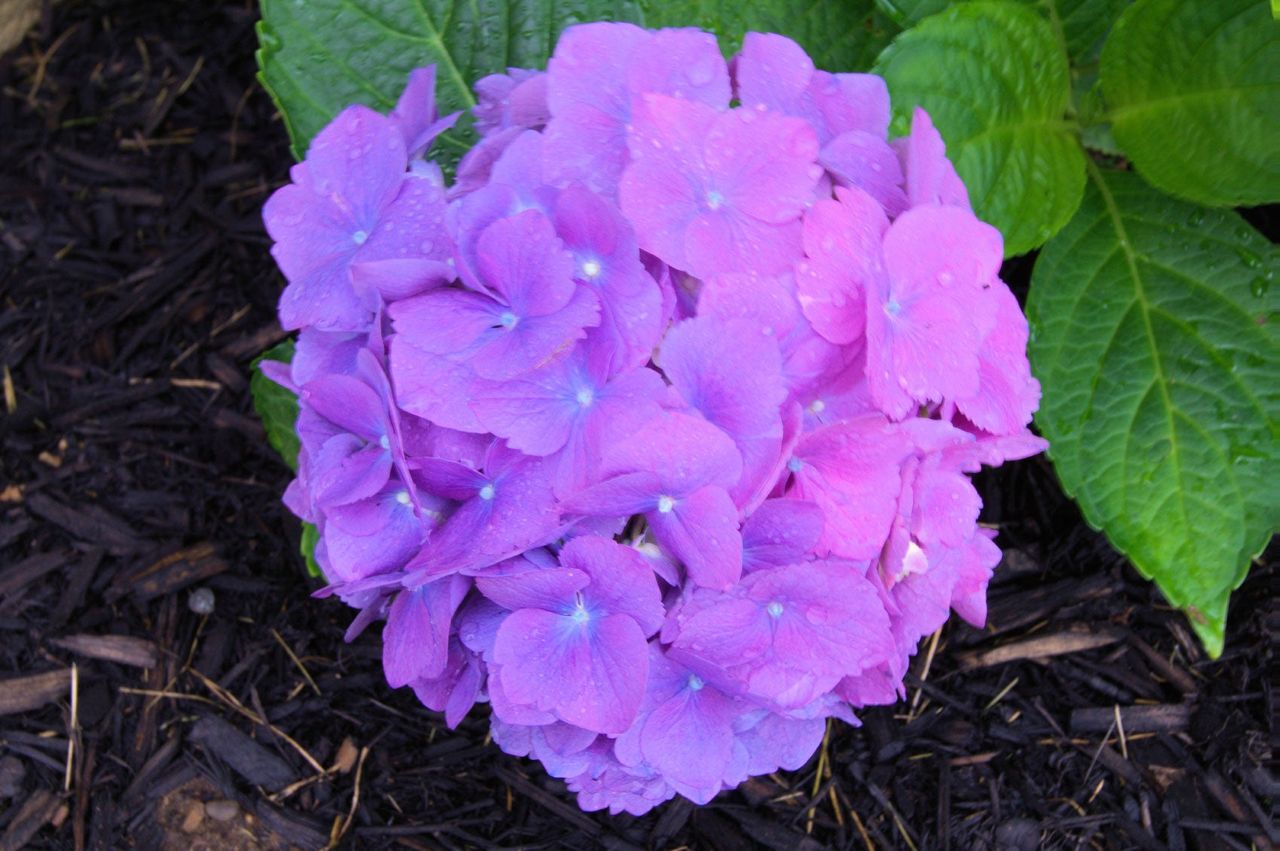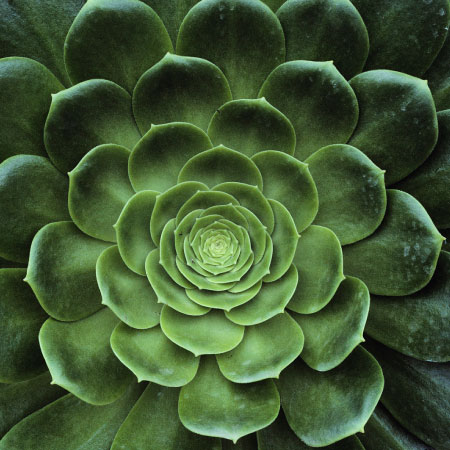What Is Ericaceous Compost: Information And Plants For Acidic Compost


The term “Ericaceous” refers to a family of plants in the Ericaceae family - heathers and other plants that grow primarily in infertile or acidic growing conditions. But what is ericaceous compost? Read on to learn more.
Ericaceous Compost Info
What is ericaceous compost? In simple terms, it is compost suitable for growing acid-loving plants. Plants for acidic compost (ericaceous plants) include:
- Rhododendron
- Camellia
- Cranberry
- Blueberry
- Azalea
- Gardenia
- Pieris
- Hydrangea
- Viburnum
- Magnolia
- Bleeding heart
- Holly
- Lupine
- Juniper
- Pachysandra
- Fern
- Aster
- Japanese maple
How to Make Compost Acidic
While there's no ‘one size fits all' ericaceous compost recipe, as it depends on the current pH of each individual pile, making compost for acid-loving plants is much like making regular compost. However, no lime is added. (Lime serves the opposite purpose; it improves soil alkalinity—not acidity). Begin your compost pile with a 6 to 8 inch (15-20 cm.) layer of organic matter. To boost the acid content of your compost, use high-acid organic matter such as oak leaves, pine needles, or coffee grounds. Although compost eventually reverts to a neutral pH, pine needles help acidify the soil until they decompose. Measure the surface area of the compost pile, then sprinkle dry garden fertilizer over the pile at a rate of about 1 cup (237 ml.) per square foot (929 cm.). Use a fertilizer formulated for acid-loving plants. Spread a 1 to 2 inch (2.5-5 cm.) layer of garden soil over the compost pile so the microorganisms in the soil can boost the decomposition process. If you don't have enough available garden soil, you can use finished compost. Continue to alternate layers, watering after each layer, until your compost pile reaches a height of about 5 feet (1.5 m.).
Making Ericaceous Potting Mix
To make a simple potting mix for ericaceous plants, begin with a base of half peat moss. Mix in 20 percent perlite, 10 percent compost, 10 percent garden soil, and 10 percent sand. If you are concerned about the environmental impacts of using peat moss in your garden, you can use a peat substitute such as coir. Unfortunately, when it comes to substances with a high acid content, there is no suitable substitute for peat.
Gardening tips, videos, info and more delivered right to your inbox!
Sign up for the Gardening Know How newsletter today and receive a free copy of our e-book "How to Grow Delicious Tomatoes".

A Credentialed Garden Writer, Mary H. Dyer was with Gardening Know How in the very beginning, publishing articles as early as 2007.
-
 7 Summer-Blooming Bulbs To Plant In Early Spring: Don't Miss Months Of Glorious Flowers!
7 Summer-Blooming Bulbs To Plant In Early Spring: Don't Miss Months Of Glorious Flowers!Get a head start on stunning summer blooms with these easy-to-plant bulbs – act early and you will enjoy vibrant flowers that last for months on end.
By Mary Ellen Ellis
-
 Early Blooming Hydrangeas: Grow A Quick Fire Hydrangea For A Long Season Of Interest
Early Blooming Hydrangeas: Grow A Quick Fire Hydrangea For A Long Season Of InterestIf you’re after an early flowering panicle hydrangea that offers plenty of floral variety, the Quick Fire hydrangea goes big on visual dynamics from early summer to fall
By Tonya Barnett